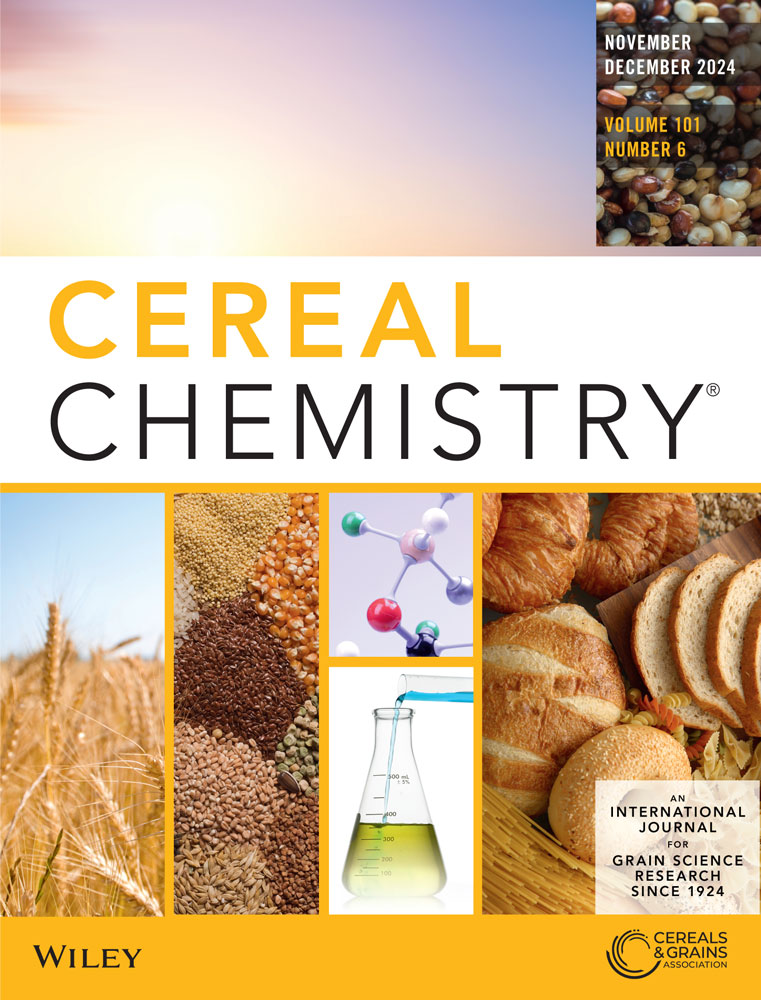In the present study, the effect of a pH-shifting method in combination with heat was investigated for its effects on the resulting surface and functional properties of a commercial pea protein isolate. The pH shifting process was performed at both acidic (pH 2) and alkaline (pH 10) pH and then adjusted back to neutrality. The heat-treated samples were further subjected to heating and later neutralized at pH 7.
The results of these treatments indicated that an alkaline pH shifting, as well as its combination with heat, resulted in a significant increase in the solubility of the proteins, whereas an acidic pH shifting, and in combination with heat, reduced the stability of the proteins in solution. Additionally, some functional properties were enhanced by pH shifting, such as foaming capacity or emulsion stability, while other properties showed no alteration or were negatively impacted, such as foaming stability. Furthermore, analysis of the bubble structure of foams using a dynamic foam analyzer revealed that bubble sizes for samples shifted at pH 2 in combination with heat presented the biggest increase in bubble growth over time, creating a less stable foam.
The application of pH shifting and the use of heat can aid in the improvement of pea protein functionality and allow tailoring of these proteins for specific applications.
This study utilized a simple method to achieve modifications in the protein structures, providing insights into the application of pea proteins into food products as emulsifying and foaming agents.


